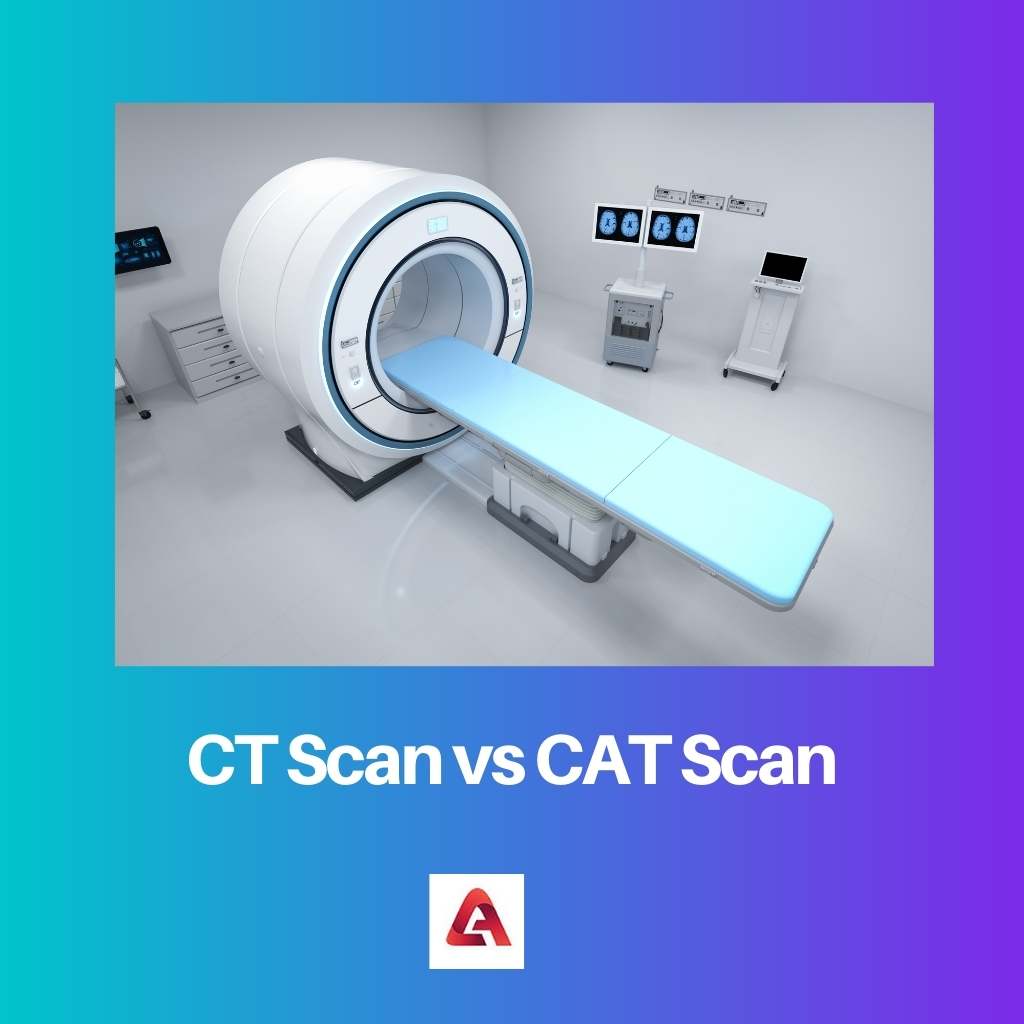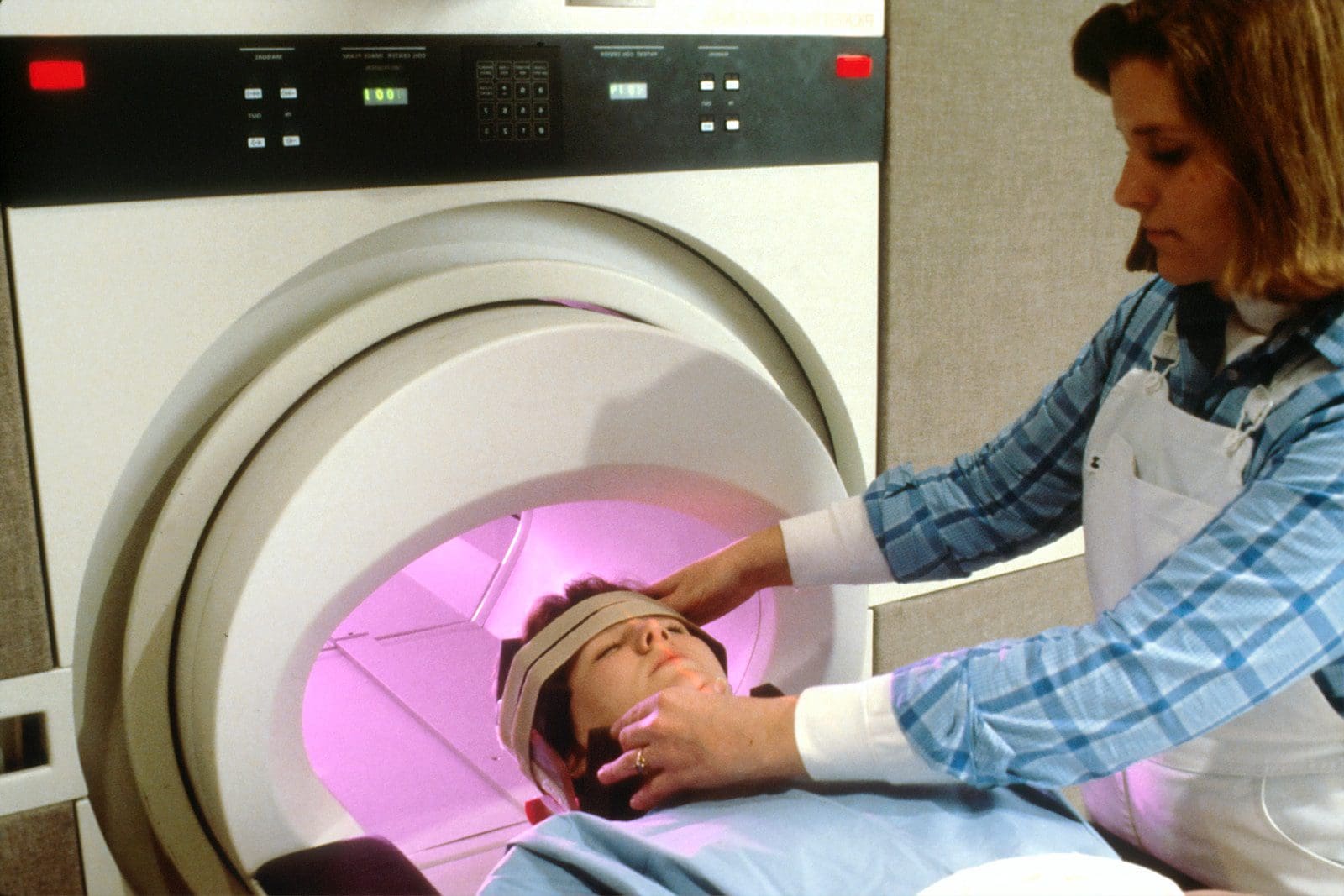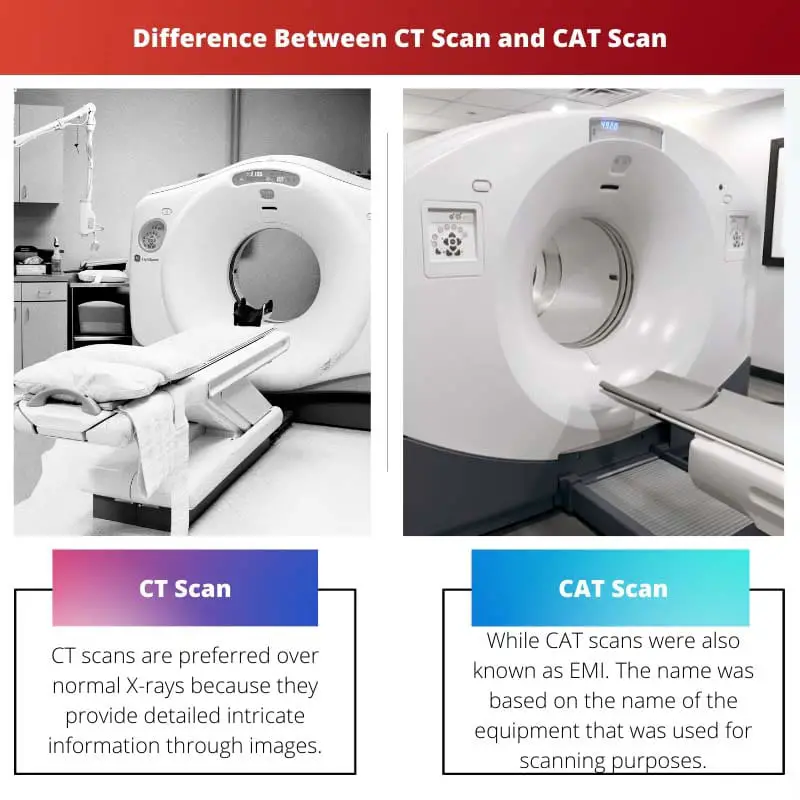Diagnostic tests, exams, or scans play a vital role in diagnosing and detecting any disorder, illness, or disease. It helps the professionals to determine the spread and growth of the disease.
There are various types of scans that are followed depending upon the type of disorder the two most common scans are CT scan and CAT scan.
Key Takeaways
- CT scan (Computed Tomography) and CAT scan (Computed Axial Tomography) refer to the same medical imaging technique, with “CAT scan” being an older term.
- Both techniques use X-rays to create detailed cross-sectional images of the body’s internal structures.
- CT scans are useful for diagnosing various conditions, including tumors, fractures, and infections.
CT Scan vs CAT Scan
The difference between a CT scan and a CAT scan is that a CT scan stands for Computed Demography while CAT stand stands for Computerised Axial Tomography or Computerized Axial Tomography. CT scan is a new technology in the medical imaging field, while CAT scan is an older imaging technique.

CT scans are preferred over normal X-rays because they provide detailed, intricate information through images. CT scan is widely used to examine internal injuries.
The function of city scans is not only limited to examination purposes but also to diagnose and plan treatments that can be surgical, medical, or of radiation type.
While CAT scans were also known as EMI, the name was based on the name of the equipment that was used for scanning purposes. The images taken are of a series and are from various angles of the body.
The process was used back in history and hence is less advanced.
Comparison Table
| Parameters of Comparison | CT Scan | CAT Scan |
|---|---|---|
| Full form | Computed tomography | Computerized axial tomography or computed axial tomography |
| Origin | The diagnostic method is new and up-to-date | The diagnostic method is old and was used earlier |
| Inventor | Godfrey Hounsfield | Godfrey Hounsfield |
| Images produced | Cross-sectional images | 2-D or 2-dimensional images |
| Time period | Very fast and advanced process | Moderately fast and less advanced process |
What is CT Scan?
A computed Tomography scan is known as CT Scan. The scan consists of a series of images of X-ray. The images are taken from various angles around the body.
CT scan extensively uses various computer processing, which helps in the creation of images that are cross-sectional, like slices of various parts like blood vessels, bones, soft tissues, and other organs of the body.
CT scans are preferred over normal X-rays because they provide intricately detailed information through images. CT scan is widely used to examine internal injuries.
The function of CT scans is not only limited to examination purposes but also to diagnose and plan treatments that can be surgical, medical, or of radiation type. It helps in determining procedures for different therapies and biopsies.
A CT scan helps in finding out the location of tumours, blood clots, fractures, or other infections. The effectiveness of various treatments, like cancer treatments, can be effectively monitored through a CT scan.
Before a CT scan, patients are given a contrast material that is a special dye through mouth, injection, or enema, depending upon the target area. The contrast material helps in highlighting the target area.
The scanners have a doughnut shape where the patient is lying on a narrow table and is slid through the opening of the tunnel. The patient is kept still with the help of various straps and other equipment.
A technologist can constantly communicate with the patient during the scan.
CT scan has potential risks involved, like exposure to ionizing radiation which can be cancerous, can harm unborn babies, and cause various reactions to the contrast material.

What is CAT Scan?
Computerised Axial Tomography or Computerized Axial Tomography is known as CAT scan. The scanning procedure is painless, takes moderate time, and produces images using X-rays.
The images taken are of a series and are from various angles of the body. The process was used back in history and hence is less advanced.
CAT scans are ideally done at a radiology clinic. Patients are advised not to eat or drink before the scanning and remove all the metal objects that can cause hindrance in image production.
CT scans use a thin and narrow beam of X-rays that revolves around one part of the body the images produced provide a cross-sectional picture of the parts. It consists of two-dimensional images like a slide of the part of the body.
CAT scans were also known as EMI. The name was based on the name of the equipment that was used for scanning purposes. The slightest movement can blur the image produced.
This is the reason patients are asked to stay still or hold their breath during the scanning. The table has straps, cradles, and other equipment to keep the patient’s body still during the scanning process.
CAT scans were used earlier. It took around 45 minutes to an hour to complete scanning the equipment was less advanced, and the process was new in the medical domain.
CAT scans are used for determining various problems like fractures in the bone or joint, tumours, hard diseases, cancer, liver masses, emphysema, blood clot, internal bleeding or injuries, excess fluid, and various other types of infections.
It helps the professionals and specialists to provide a guided plan for treatment and eat immediate procedures, which can include radiation therapy or surgery and biopsies.

Main Differences Between CT Scan and CAT Scan
- CT scans are a newer and more advanced scanning process, while CAT scans are older and less advanced scanning processes.
- Any other name does not know CT scans, while CAT scans are also known as EMI.
- CT scan stands for Computed Demography, while CAT stand stands for Computerised Axial Tomography or Computerized Axial Tomography.
- CT scans are a fast and painless process, while CAT scan comparatively take time to scan.
- CT scans involve contrast material or a special dye, while CAT scans may or may not involve the contrast material in the scanning process.

- https://europepmc.org/article/med/2801096
- https://journals.lww.com/jbjsjournal/Citation/1978/60080/Computerized_tomography__CAT_scan,_CT_scan__in.13.aspx

The explanation of the main differences between CT and CAT scans is very useful, since it is a question that generates doubts in many people.
I completely agree with your opinion, Zachary.
The article is very informative, with very important and curious information that I did not know. For example, the origin of the names of the exams.
I believe that the article contains a lot of unnecessary information and could be more direct and go straight to the point! I also missed the difference between the two in terms of cost.
I disagree with your disagreement, Jonathan. I believe all the information contained in the article is valuable to understand the subject.
I agree with you, Jonathan. I also missed more specific information about the costs of these tests.
The explanations made are very clear and descriptive. It made me very interested in such an issue. I would have liked some more explanation on the functioning of the devices.
I found the way the content was organized to be very intelligent and didactic. This made it easier to understand this complex subject.
It seems very strange to me that the two types of scans are practically the same thing, with different names and one being more modern than the other.